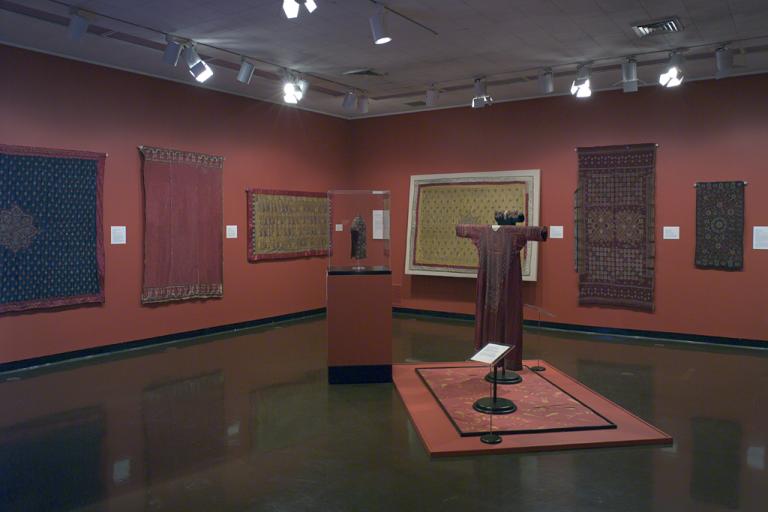man's long pao (dragon robe), unknown maker from China
Artwork Overview
man's long pao (dragon robe)
, 1800s, Qing dynasty (1644–1911)
Where object was made: China
Material/technique: satin stitch; embroidering; silk; couching; tabby; gold thread; seed stitch
Dimensions:
Object Length/Width (Length x Width): 137.16 x 220.98 cm
Object Length/Width (Length x Width): 87 x 54 in
Object Length/Width (Length x Width): 137.16 x 220.98 cm
Object Length/Width (Length x Width): 87 x 54 in
Credit line: Source unknown
Accession number: 0000.1035
Not on display
If you wish to reproduce this image, please submit an image request



